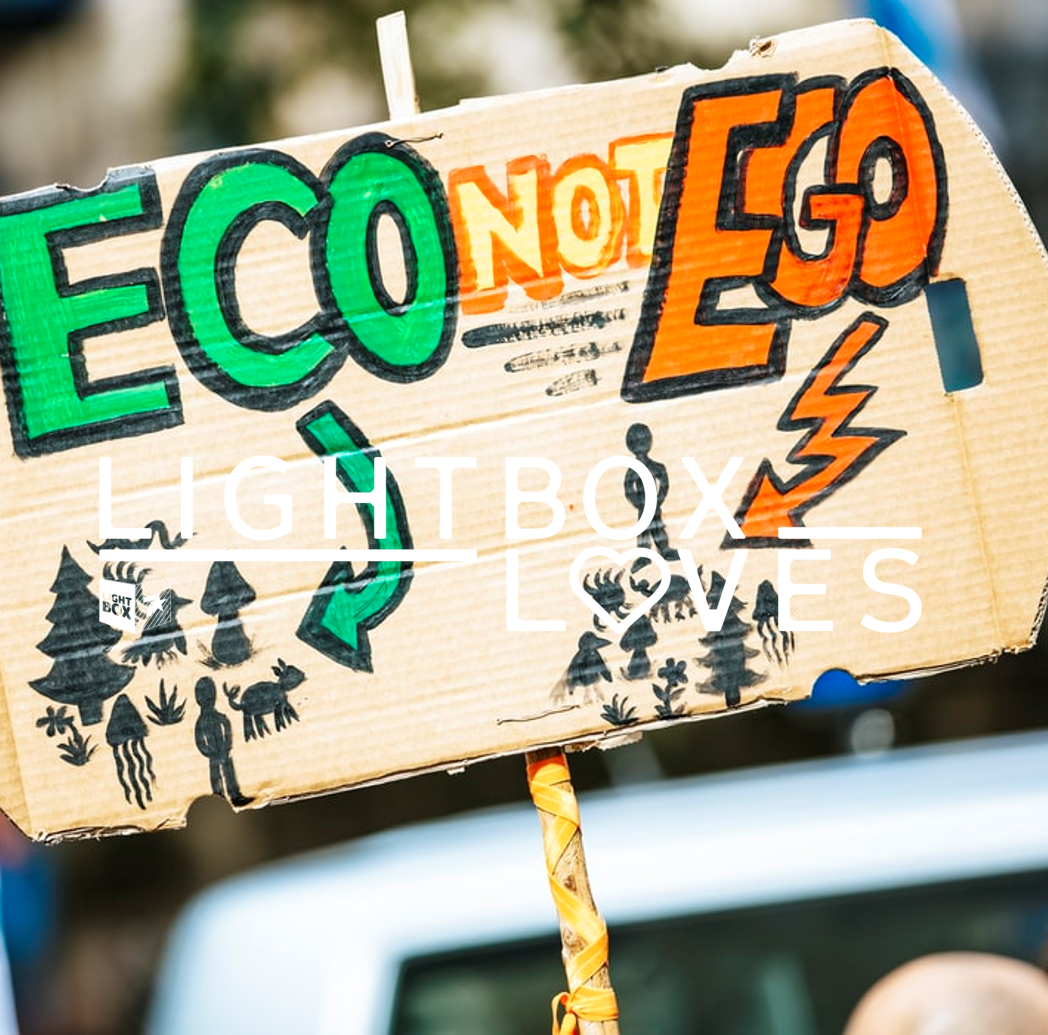
It’s safe to say that it’s been a year of challenge and change for retail. Thanks to a global pandemic, many shops have been forced to close their doors for almost four months across the year, losing out on key retail events such as the May bank holidays and Black Friday.
Whilst consumers have changed their shopping habits to support retailers during lockdown – over half of Brits claim they’ll be shopping online more than ever this Christmas – one can’t blame retailers for their eagerness to make up for lost time.
Brands have tried to soften the blow from the Corona-induced retail slump in many ways. Primark announced that eleven of their stores will be open for 24 hours a day post Lockdown 2.0 and Black Friday started three weeks ago for many retailers; a cause for celebration for John Lewis, whose online sales are reported to be up 35% year on year.
However, despite many brands grabbing sales extravaganzas by the horns, other retailers are rejecting this phenomenon, and instead, using this period to challenge consumerism. Shunning away from big price cuts, Sofology instead celebrated Green Friday by reminding their audiences about their sustainability credentials – such as their eco-friendly sofas and PlanTree programme. Similarly, clothing brand Hush has always sat out of Black Friday. This year they’ve made the most of this period of goodwill by donating 20% of their profits to homelessness charity, Crisis – an issue that has only been amplified by the pandemic.
Whilst totally understanding the need for brands to use Black Friday as a recovery mechanism from lockdown, it appears that those who chose not to take part have gained in other ways. Whilst also doing good for wider society, #GreenFriday generated a +11%pt uplift in net sentiment year on year, suggesting that brands who focus on the bigger picture, are also likely to resonate – even if there is no direct benefit to the customer.
Whilst the pandemic has had some devastating implications – one thing that it has highlighted, is the importance of supporting others and wider communities. Brands that can authentically make a positive difference in this area are likely to resonate – with or without price cuts.


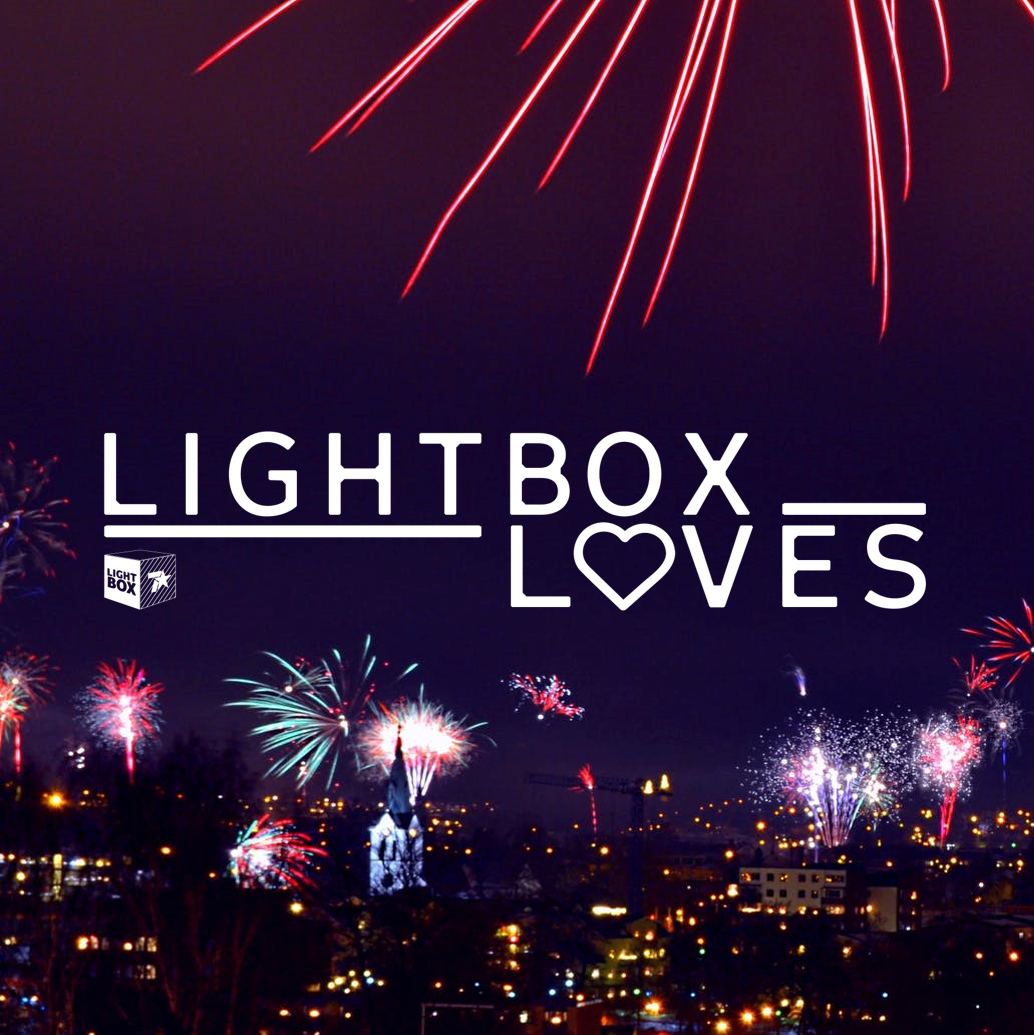
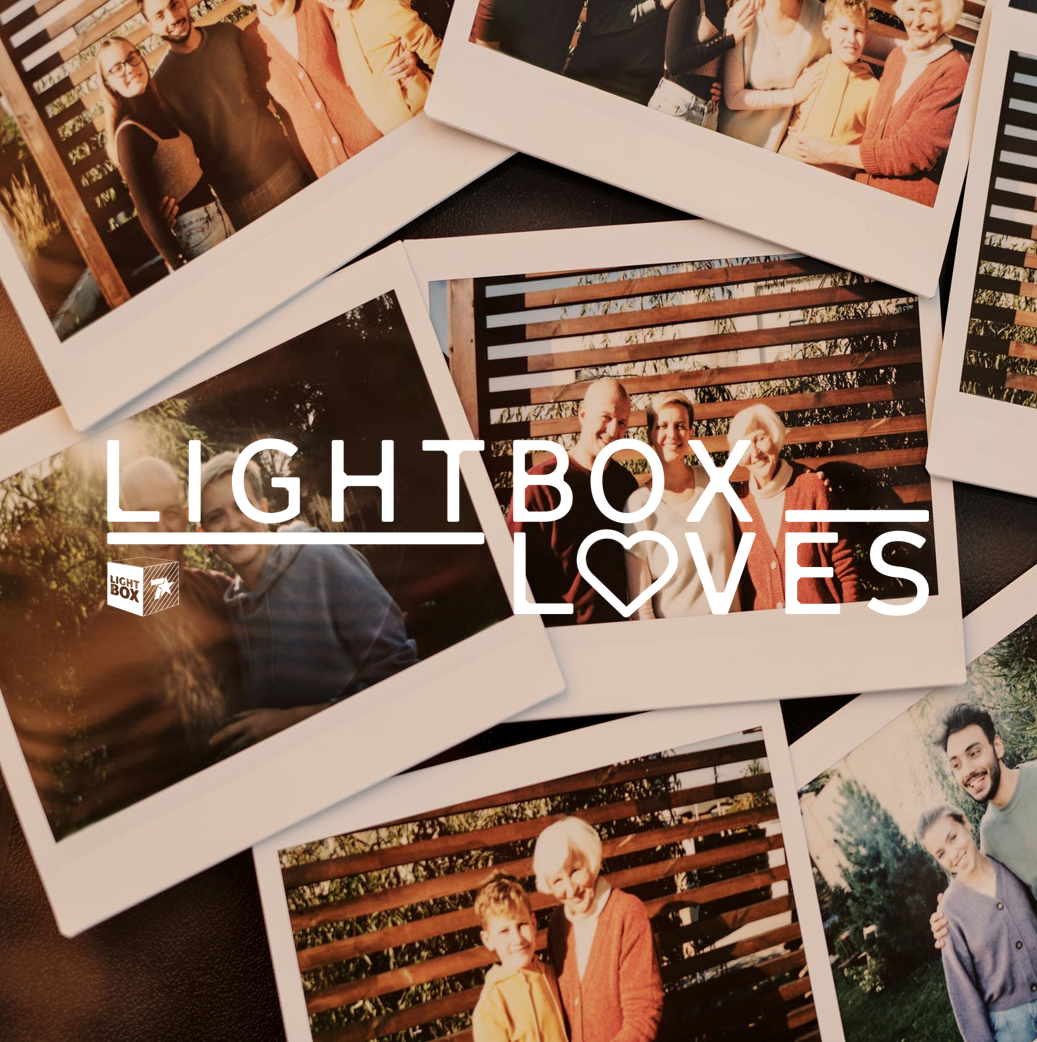
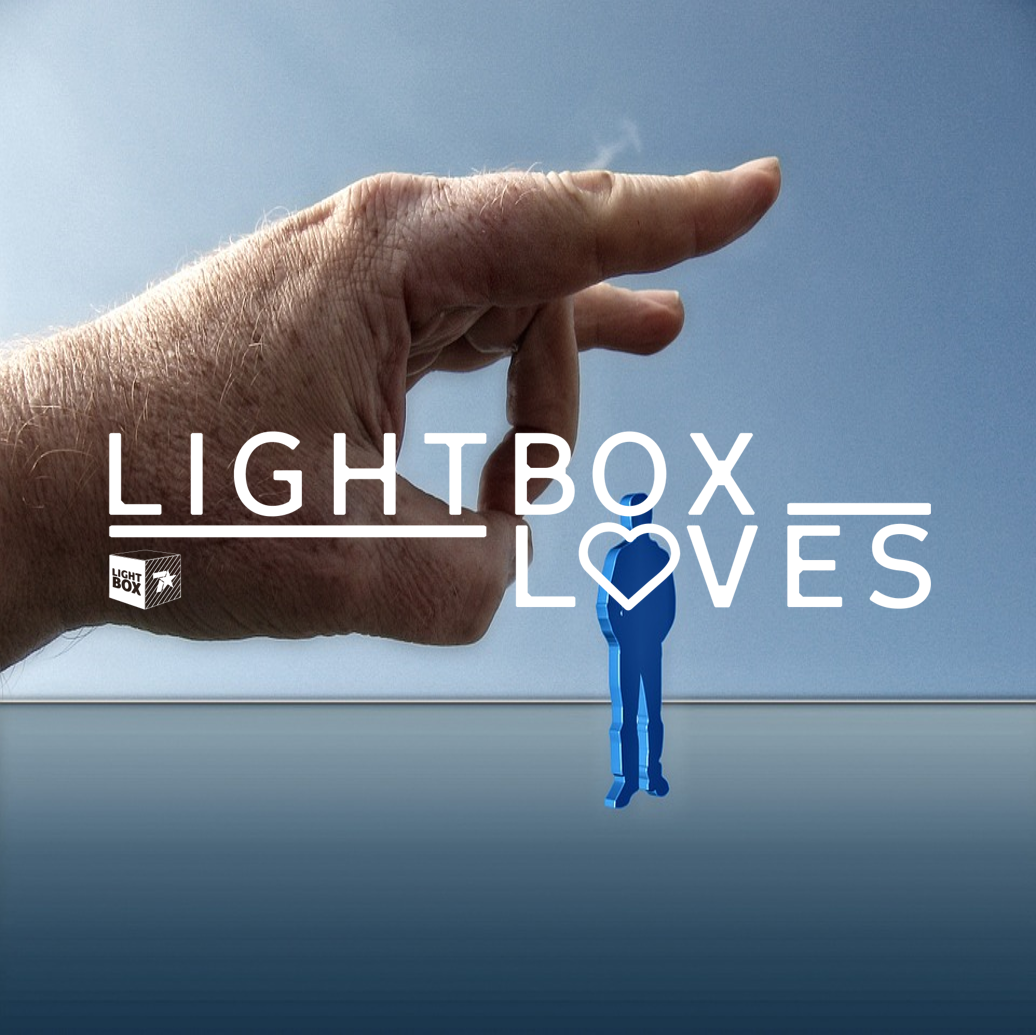
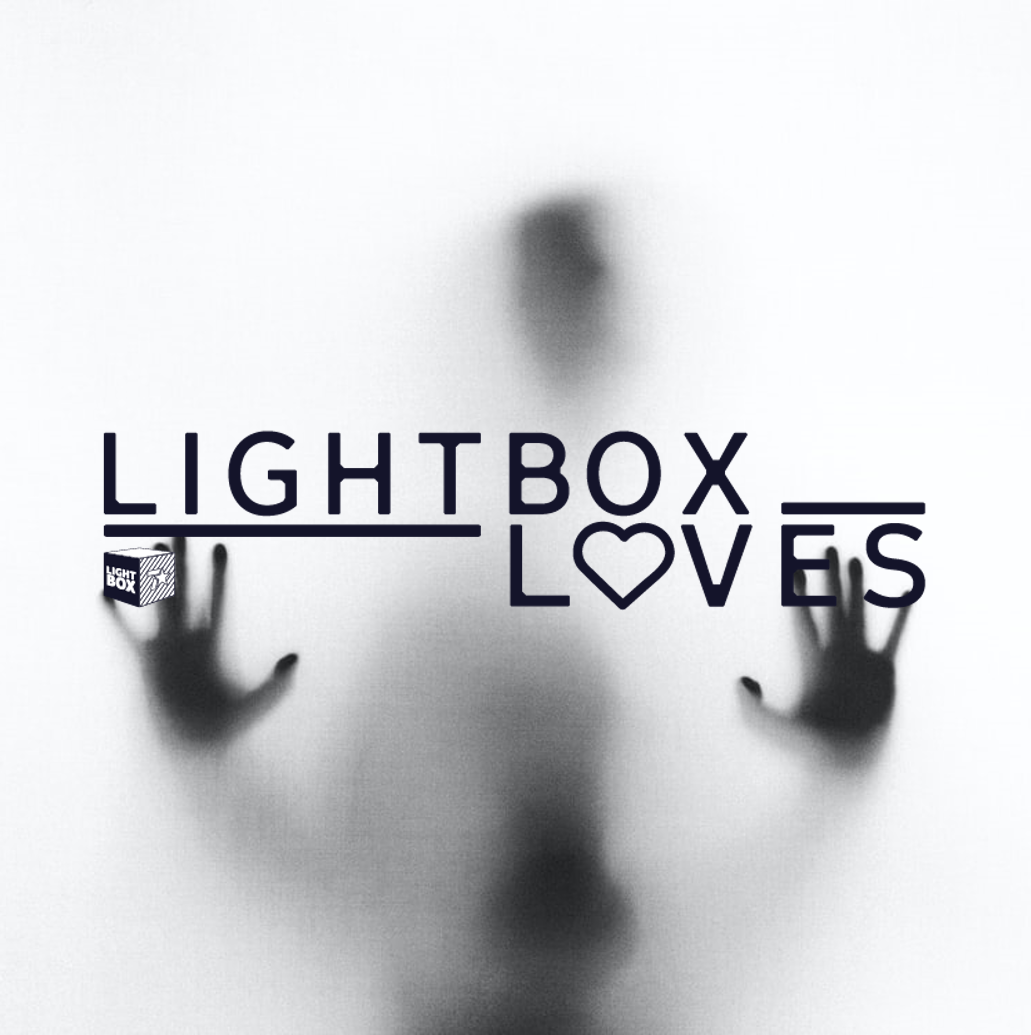



Recent Comments